Home>Gardening & Outdoor>Landscaping Ideas>How Big Does Muhly Grass Get
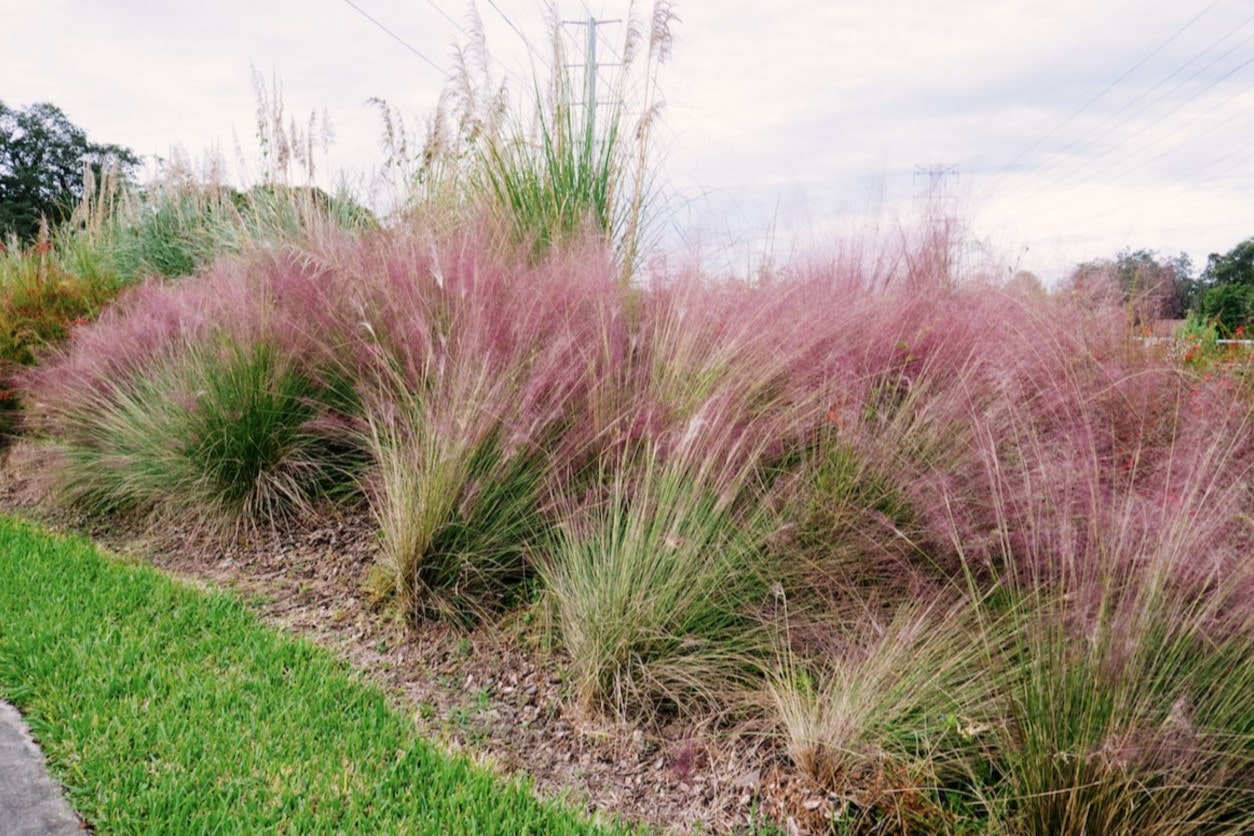

Landscaping Ideas
How Big Does Muhly Grass Get
Published: January 25, 2024
Discover landscaping ideas for incorporating muhly grass into your outdoor space. Learn about the growth potential and how to maximize its impact in your garden.
(Many of the links in this article redirect to a specific reviewed product. Your purchase of these products through affiliate links helps to generate commission for Storables.com, at no extra cost. Learn more)
Introduction
Welcome to the enchanting world of Muhly grass! If you’re looking to add a touch of ethereal beauty to your landscape, Muhly grass might just be the perfect choice. With its delicate, cloud-like plumes and graceful demeanor, this ornamental grass has become a favorite among gardeners and landscapers alike. In this article, we’ll delve into the captivating characteristics of Muhly grass, explore the ideal growing conditions for its flourishing, and uncover the best practices for its maintenance and care. Whether you’re a seasoned gardening enthusiast or a novice green thumb, join us on this journey to discover the allure and versatility of Muhly grass.
Key Takeaways:
- Muhly grass, with its delicate plumes and adaptable nature, adds enchanting beauty to any landscape, attracting wildlife and thriving in diverse climates with minimal care.
- To ensure Muhly grass thrives, provide ample sunlight, well-drained soil, and minimal watering once established. Regular pruning, occasional fertilization, and weed control support its long-lasting allure.
Read more: How Big Does Pink Muhly Grass Get
Characteristics of Muhly Grass
Muhly grass, scientifically known as Muhlenbergia capillaris, is a native ornamental grass that hails from the expansive prairies of the United States. Its striking appearance and adaptability make it a popular choice for landscaping and garden design. Let’s explore the key characteristics that make Muhly grass a standout feature in any outdoor space:
- Ethereal Plumes: One of the most captivating features of Muhly grass is its delicate, feathery plumes that emerge in late summer to early fall. These airy inflorescences, which can range in color from soft pink to vibrant purple, create a mesmerizing display that sways gracefully in the breeze, adding a touch of whimsy to the landscape.
- Grass Structure: Muhly grass forms dense, clumping tufts of narrow, arching leaves that provide an elegant contrast to the surrounding flora. Its fine-textured foliage lends a sense of lightness and movement to garden beds and borders, making it a versatile and visually appealing addition to any setting.
- Adaptability: This resilient grass is well-suited to a variety of environments, thriving in full sun to partial shade. It is also tolerant of different soil types, including sandy, loamy, or clay soils, making it adaptable to diverse growing conditions. Whether planted in coastal regions, meadow gardens, or urban landscapes, Muhly grass can adapt and flourish with minimal fuss.
- Wildlife Attraction: In addition to its aesthetic appeal, Muhly grass provides valuable habitat and food for wildlife. The airy plumes serve as shelter for small creatures, while the seeds offer a food source for birds and other wildlife, contributing to the ecological balance of the landscape.
With its ethereal plumes, graceful structure, adaptability, and ecological benefits, Muhly grass stands as a testament to the enchanting beauty and practical value of ornamental grasses in landscaping.
Growing Conditions for Muhly Grass
Creating an optimal environment for Muhly grass is essential to ensure its vigorous growth and stunning visual impact. Whether you’re considering a new planting or seeking to enhance an existing landscape with this captivating grass, understanding its preferred growing conditions is key to success. Here are the essential factors to consider when cultivating Muhly grass:
- Sunlight: Muhly grass thrives in full sun, basking in the radiant warmth and light of direct sunlight. When selecting a planting location, aim to provide at least 6 to 8 hours of sunlight per day to promote robust growth and abundant flowering. In regions with scorching summers, some afternoon shade can offer relief from intense heat while still supporting healthy development.
- Soil Quality: Well-drained soil is crucial for the well-being of Muhly grass. It prefers soil with good drainage, preventing waterlogged conditions that can lead to root rot. While Muhly grass is adaptable to various soil types, including sandy or loamy soils, it thrives in moderately fertile, slightly acidic to neutral soil with a pH range of 6.0 to 7.0.
- Watering: Once established, Muhly grass exhibits excellent drought tolerance, making it a resilient choice for water-wise landscapes. During the initial establishment period, regular watering is beneficial to encourage strong root development. However, once mature, Muhly grass typically requires minimal supplemental irrigation, relying on natural rainfall to sustain its lush growth.
- Climate Considerations: Muhly grass is well-suited to a range of climates, including the warm and humid conditions of the southeastern United States, as well as the arid, sunny landscapes of the southwestern regions. Its adaptability to diverse climates makes it a versatile option for gardeners across various geographic zones.
- Planting Time: Spring and early summer are ideal for planting Muhly grass, allowing it to establish robust roots before the onset of winter. By providing ample time for root development, the grass can acclimate to its new environment and prepare for the following year’s spectacular floral display.
By carefully considering the sunlight, soil quality, watering regimen, climate suitability, and planting timing, you can create an inviting habitat for Muhly grass to thrive and enchant with its resplendent beauty.
Muhly grass can grow up to 3-4 feet tall and wide, so make sure to give it enough space to spread out in your garden or landscape.
Maintenance and Care for Muhly Grass
While Muhly grass is celebrated for its low-maintenance nature, providing attentive care during key stages of its growth can ensure that it flourishes and continues to adorn the landscape with its captivating presence. Let’s explore the essential maintenance practices and care guidelines for nurturing healthy and vibrant Muhly grass:
- Pruning: In late winter or early spring, it’s beneficial to trim back the previous year’s growth to make way for fresh foliage and vibrant blooms. Using sharp, clean shears, prune the grass to a height of 4 to 6 inches above the ground, removing any dead or damaged stems to rejuvenate the plant and encourage robust regrowth.
- Fertilization: Muhly grass typically thrives without the need for regular fertilization. However, in nutrient-poor soils or when aiming to enhance its vigor, a light application of a balanced, slow-release fertilizer in early spring can provide the necessary nutrients for healthy growth and abundant flowering.
- Dividing and Propagation: Every few years, mature Muhly grass clumps may benefit from division to rejuvenate their vigor and prevent overcrowding. In early spring, carefully dig up the clump, separate it into smaller sections, and replant the divisions at the desired locations. This practice not only revitalizes the grass but also offers an opportunity to expand its presence in the landscape.
- Weed Control: Maintaining a weed-free environment around Muhly grass is essential to prevent competition for resources and maintain its aesthetic appeal. Regularly inspect the area and promptly remove any encroaching weeds, ensuring that the grass has ample space and nutrients to thrive.
- Seasonal Considerations: During periods of extreme drought, particularly in the initial stages of growth, supplemental watering can help support the grass until it becomes established. Additionally, in regions with harsh winters, a layer of mulch around the base of the grass can provide insulation and protection from freezing temperatures.
By incorporating these maintenance practices into your care routine, you can uphold the health and vitality of Muhly grass, allowing it to continue gracing your landscape with its enchanting plumes and graceful presence for years to come.
Conclusion
As we conclude our exploration of Muhly grass, it’s evident that this ornamental grass holds a special place in the hearts of landscape enthusiasts and nature lovers. Its ethereal plumes, graceful structure, and adaptability make it a captivating addition to any outdoor setting, from expansive meadows to intimate garden borders. The alluring display of delicate, cloud-like inflorescences swaying in the breeze serves as a testament to the enchanting beauty and versatility of Muhly grass.
By understanding the optimal growing conditions, embracing attentive maintenance practices, and providing the necessary care, gardeners and landscapers can ensure the continued splendor of Muhly grass in their outdoor spaces. Its resilience, low-maintenance nature, and ecological contributions further solidify its status as a beloved choice for sustainable and visually stunning landscapes.
Whether you’re seeking to create a serene meadow garden, enhance a pollinator-friendly landscape, or simply add a touch of whimsy to your surroundings, Muhly grass stands ready to fulfill these aspirations with its enduring charm and natural allure. As you embark on your journey with Muhly grass, may its enchanting plumes and graceful presence inspire moments of tranquility and wonder in your outdoor oasis.
With its timeless elegance and ecological significance, Muhly grass continues to captivate hearts and elevate landscapes, inviting us to embrace the enchantment of nature’s artistry in our own backyard.
Frequently Asked Questions about How Big Does Muhly Grass Get
Was this page helpful?
At Storables.com, we guarantee accurate and reliable information. Our content, validated by Expert Board Contributors, is crafted following stringent Editorial Policies. We're committed to providing you with well-researched, expert-backed insights for all your informational needs.
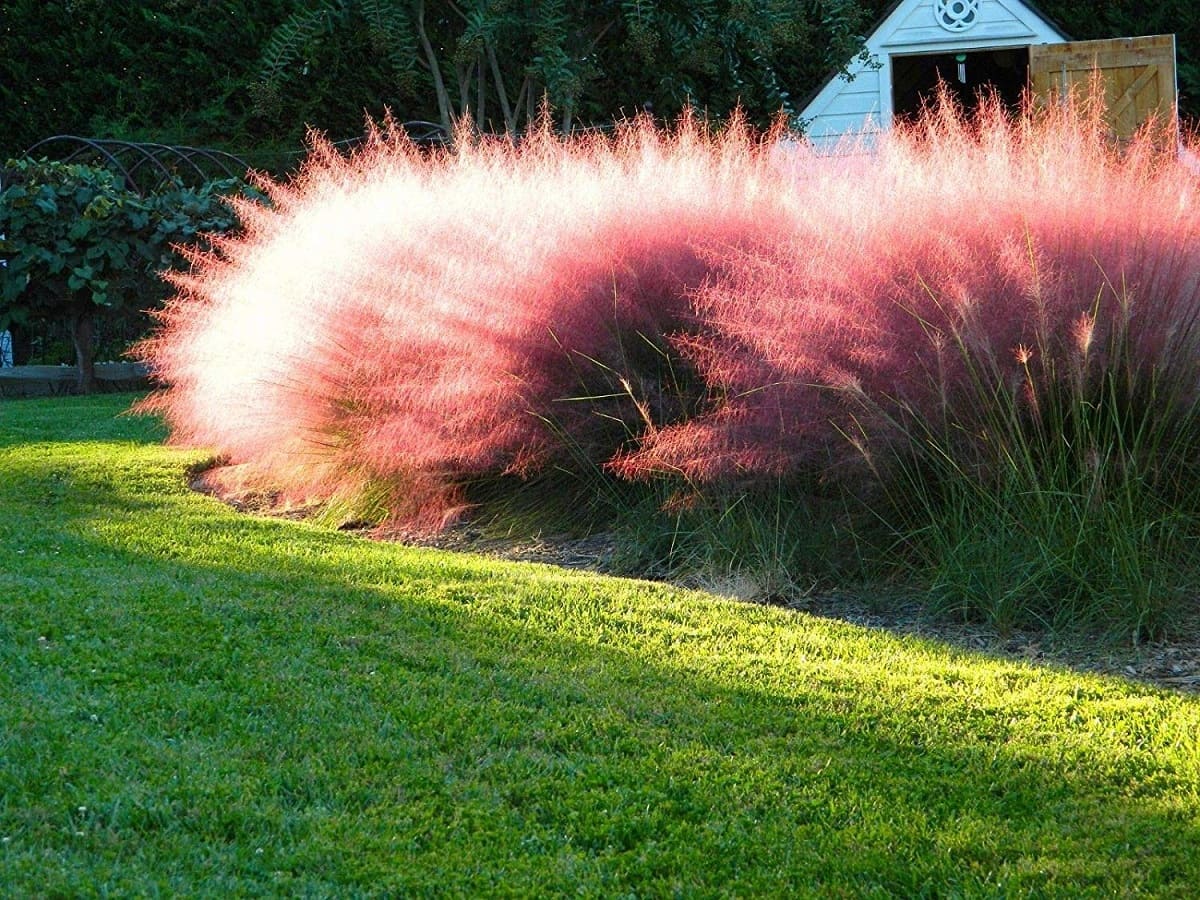
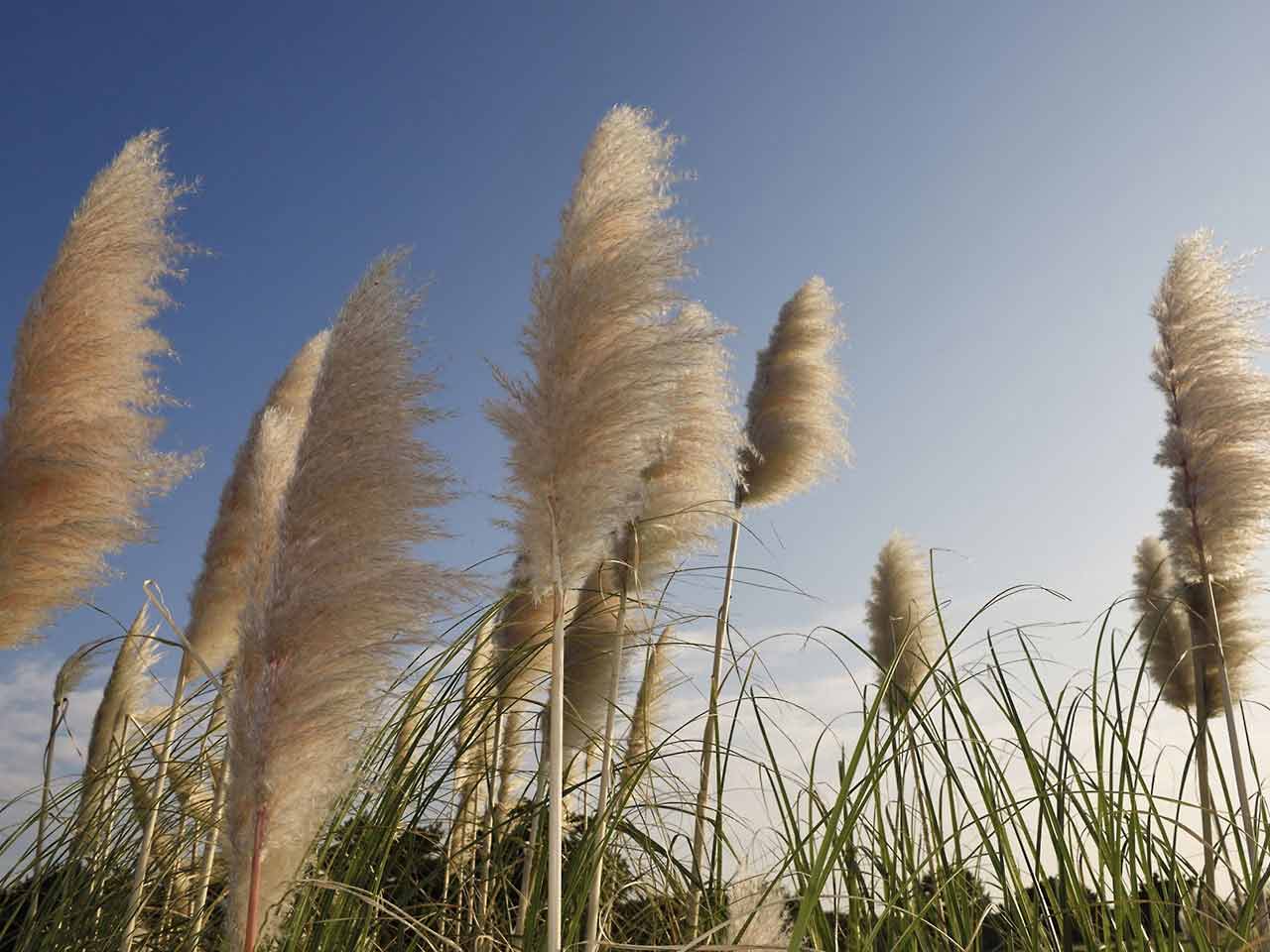
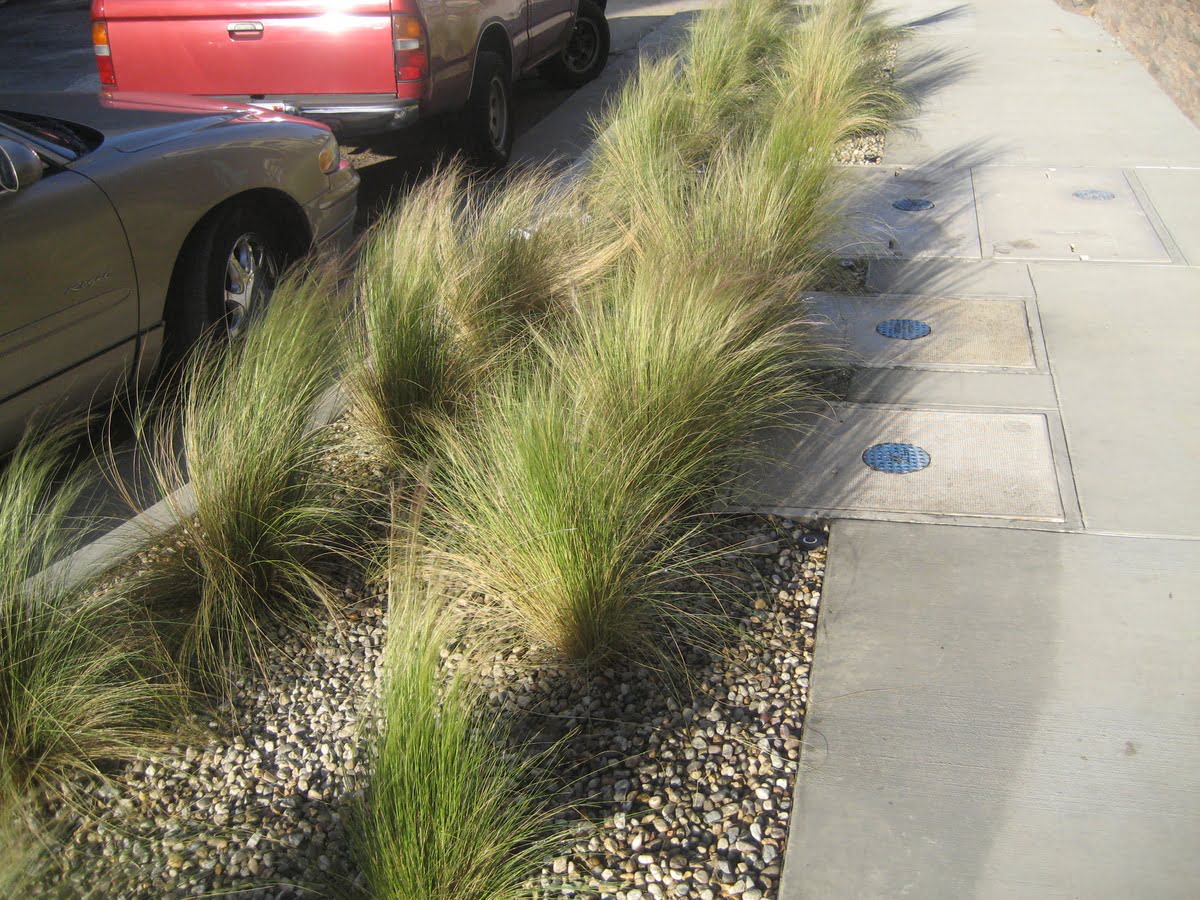
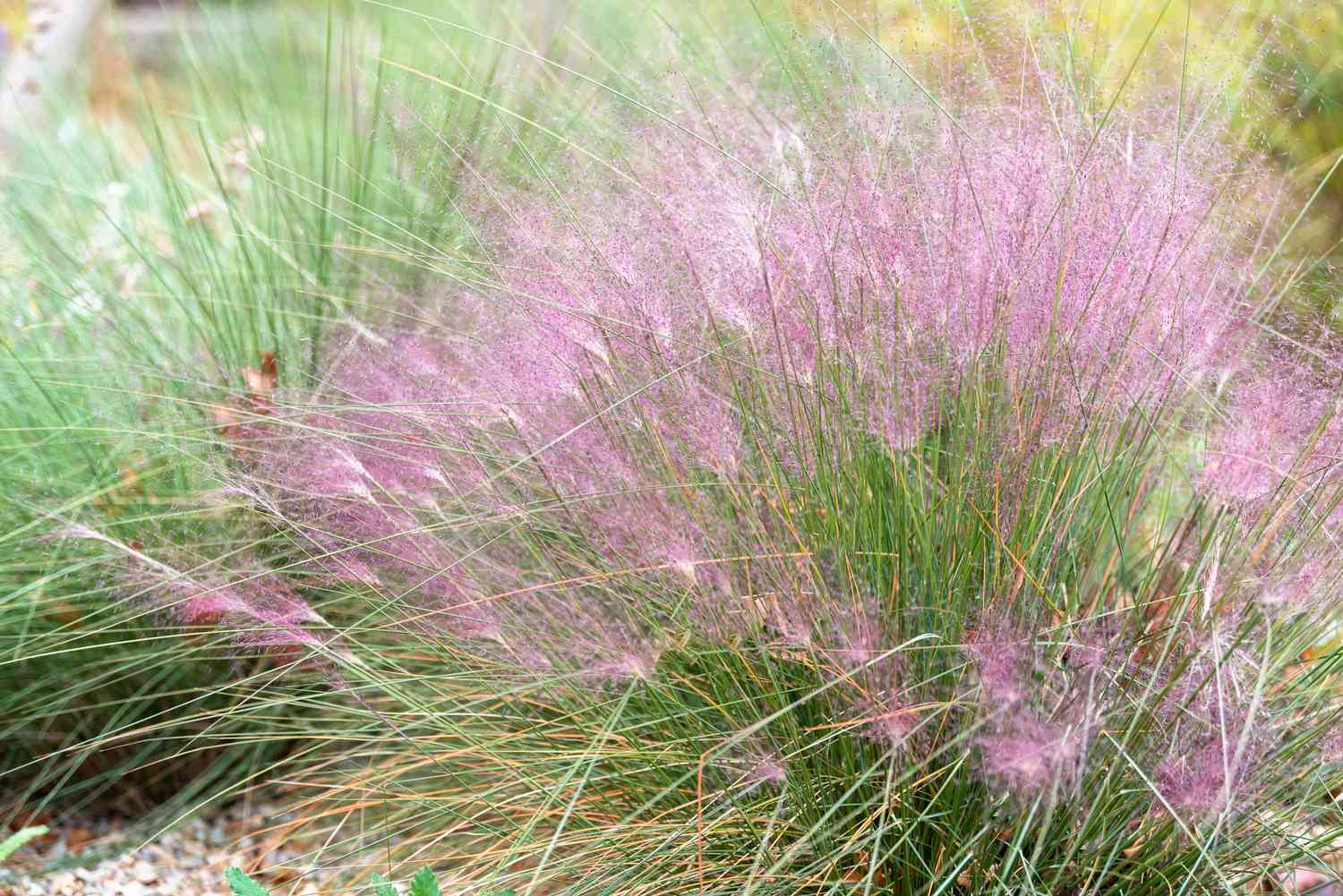
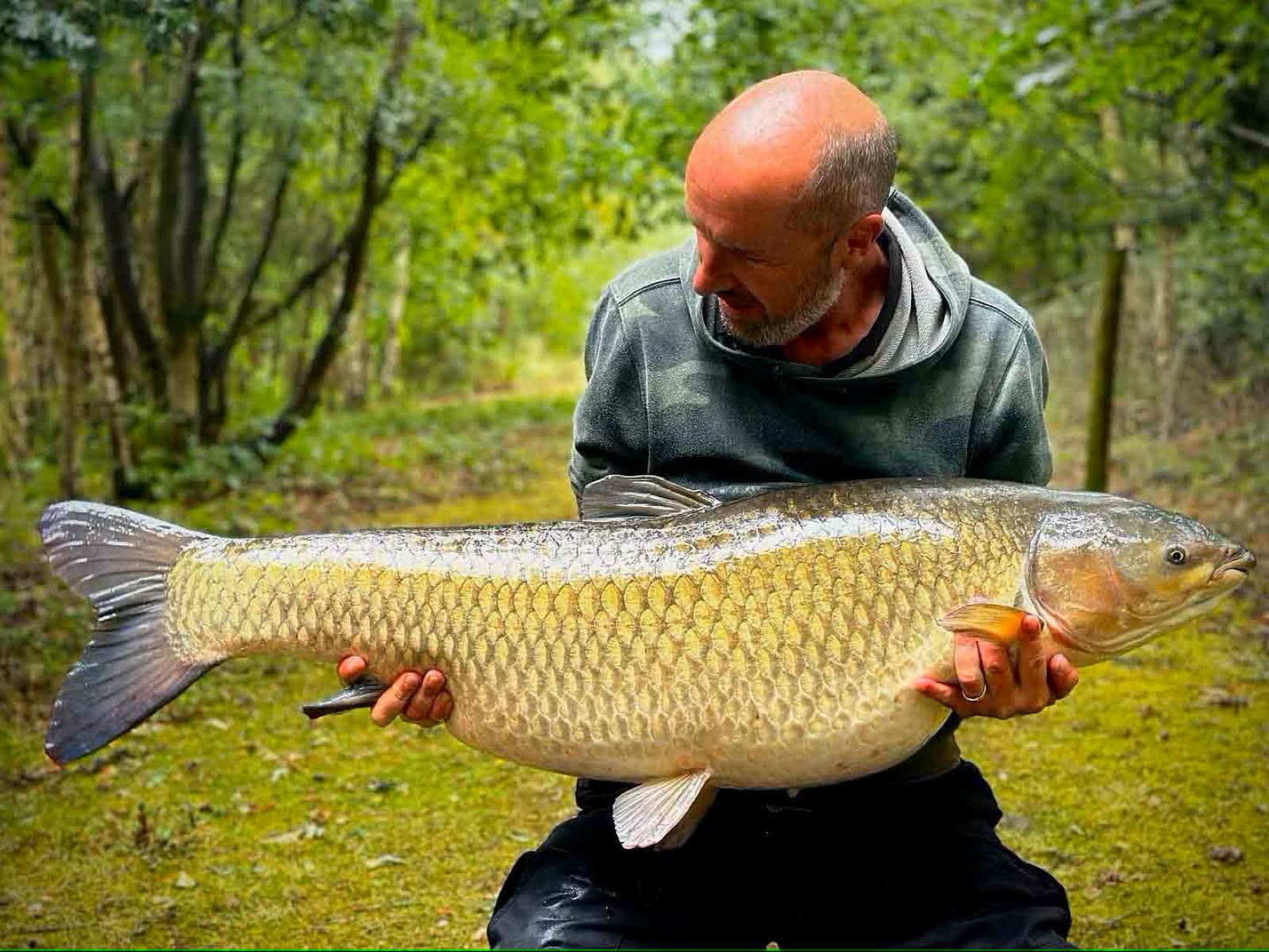
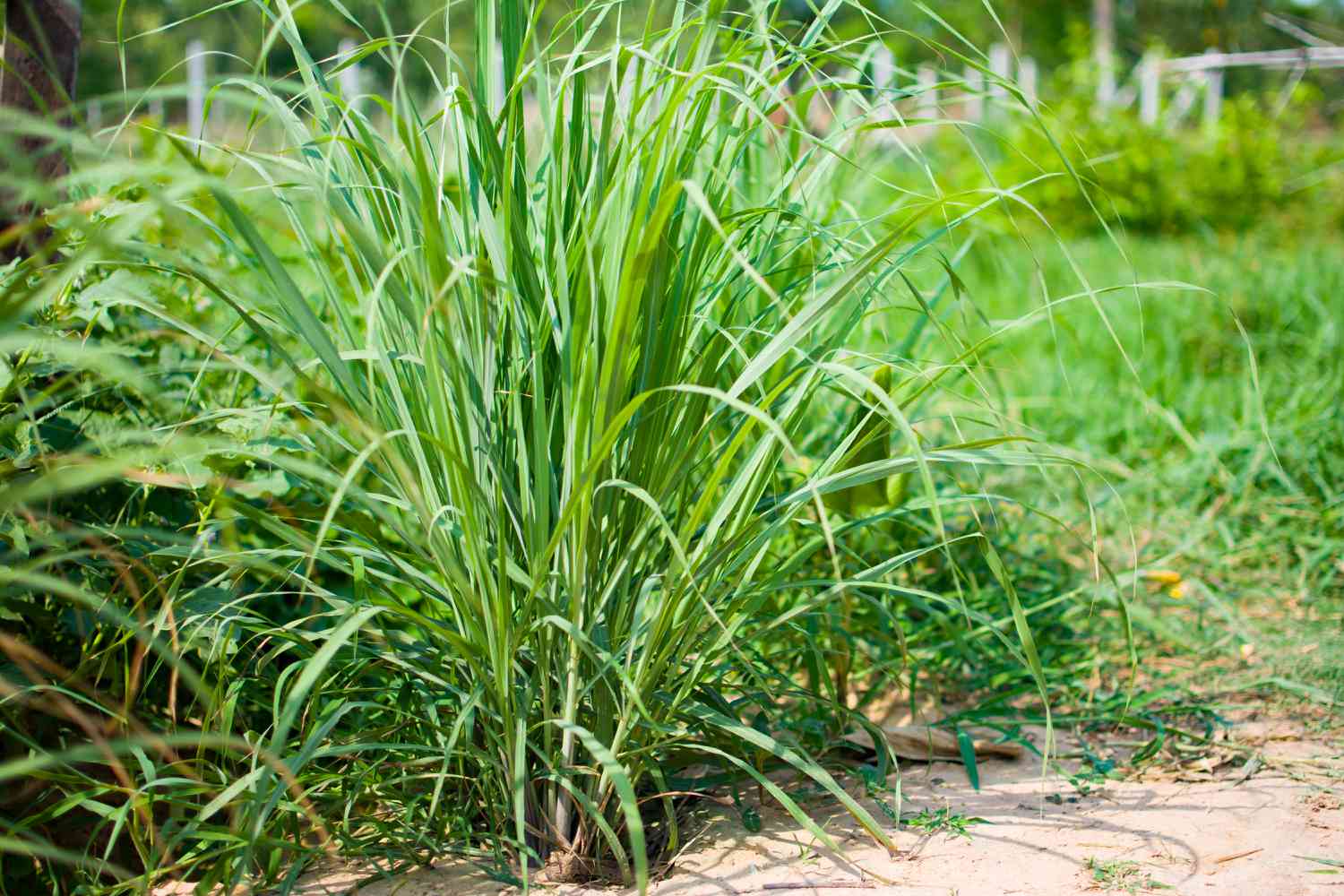
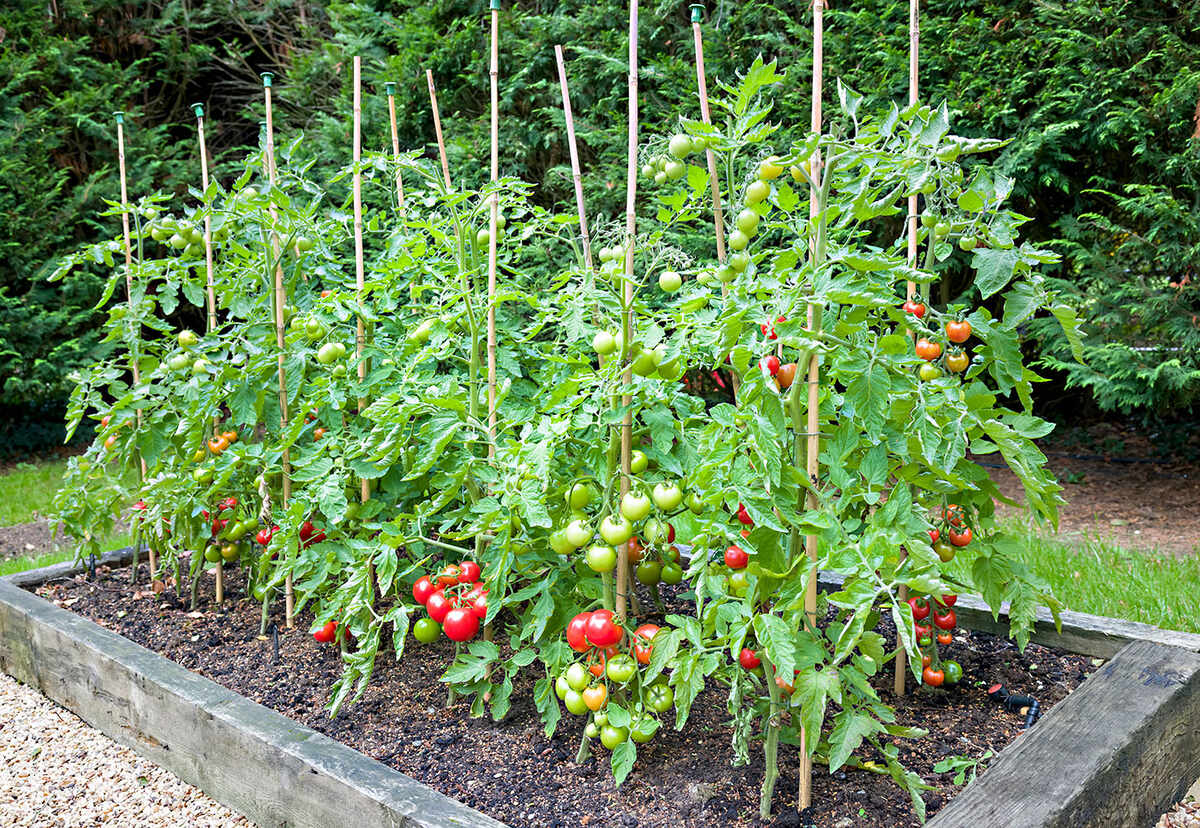
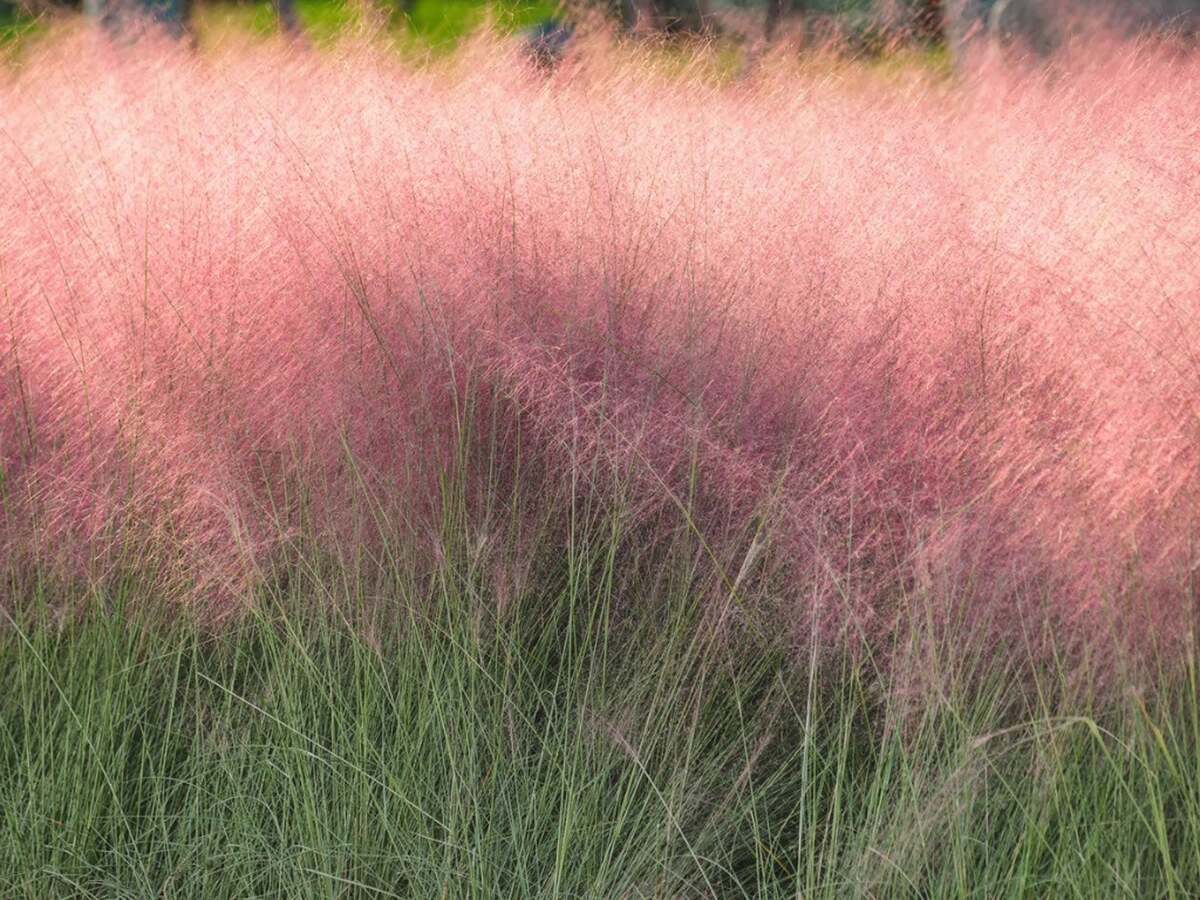

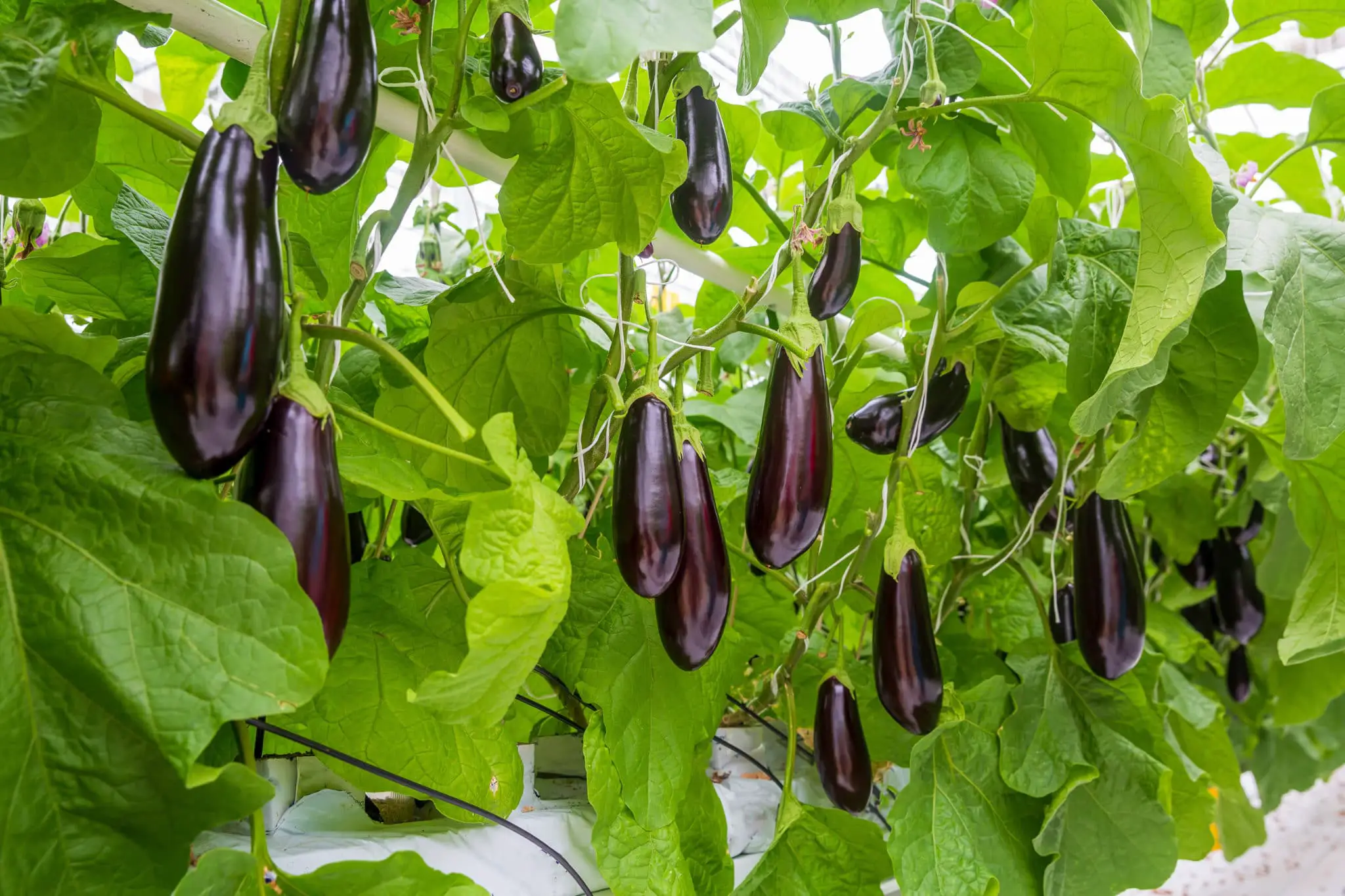
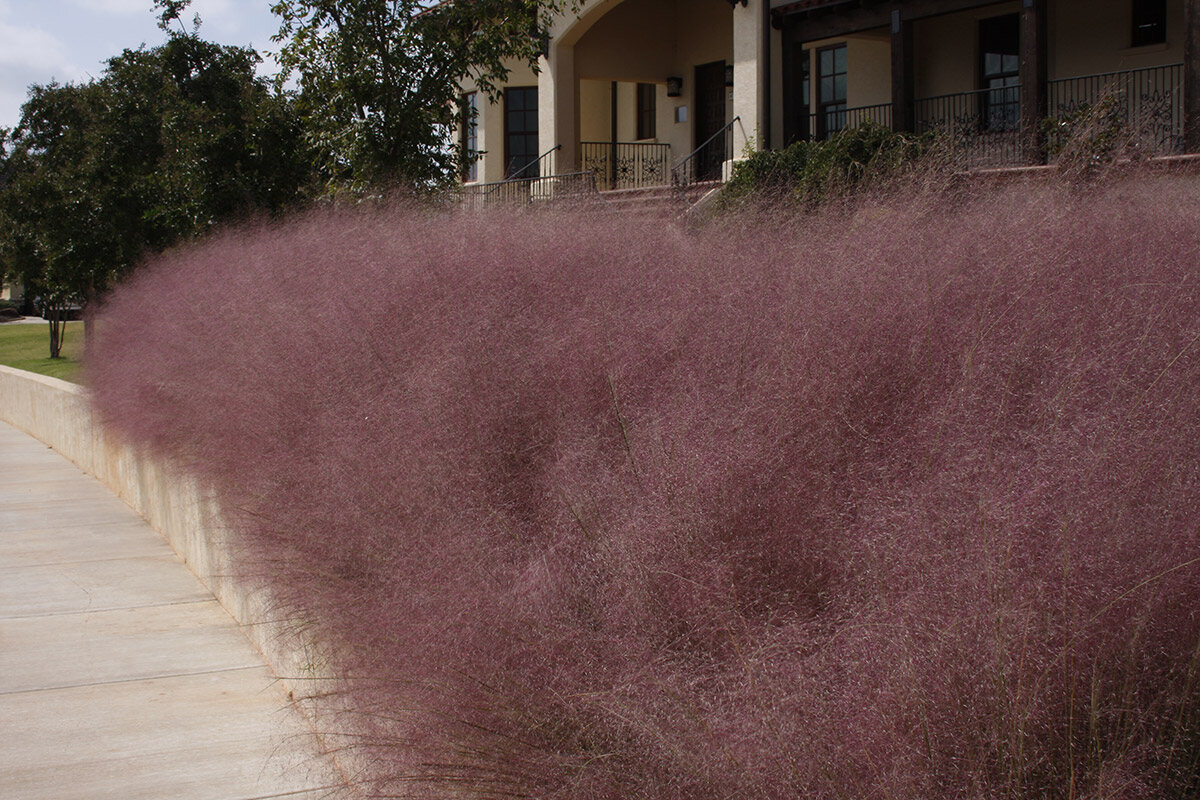
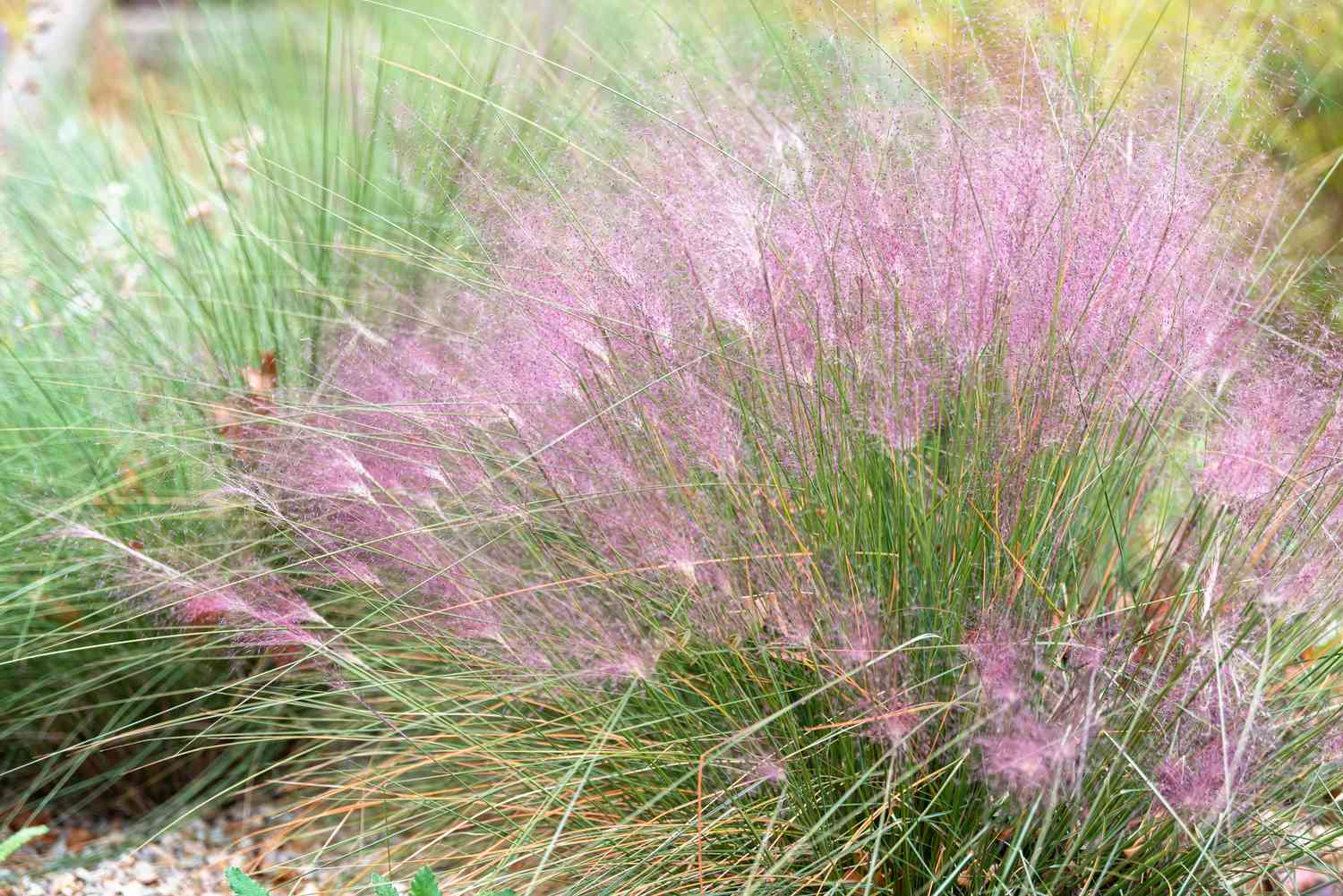
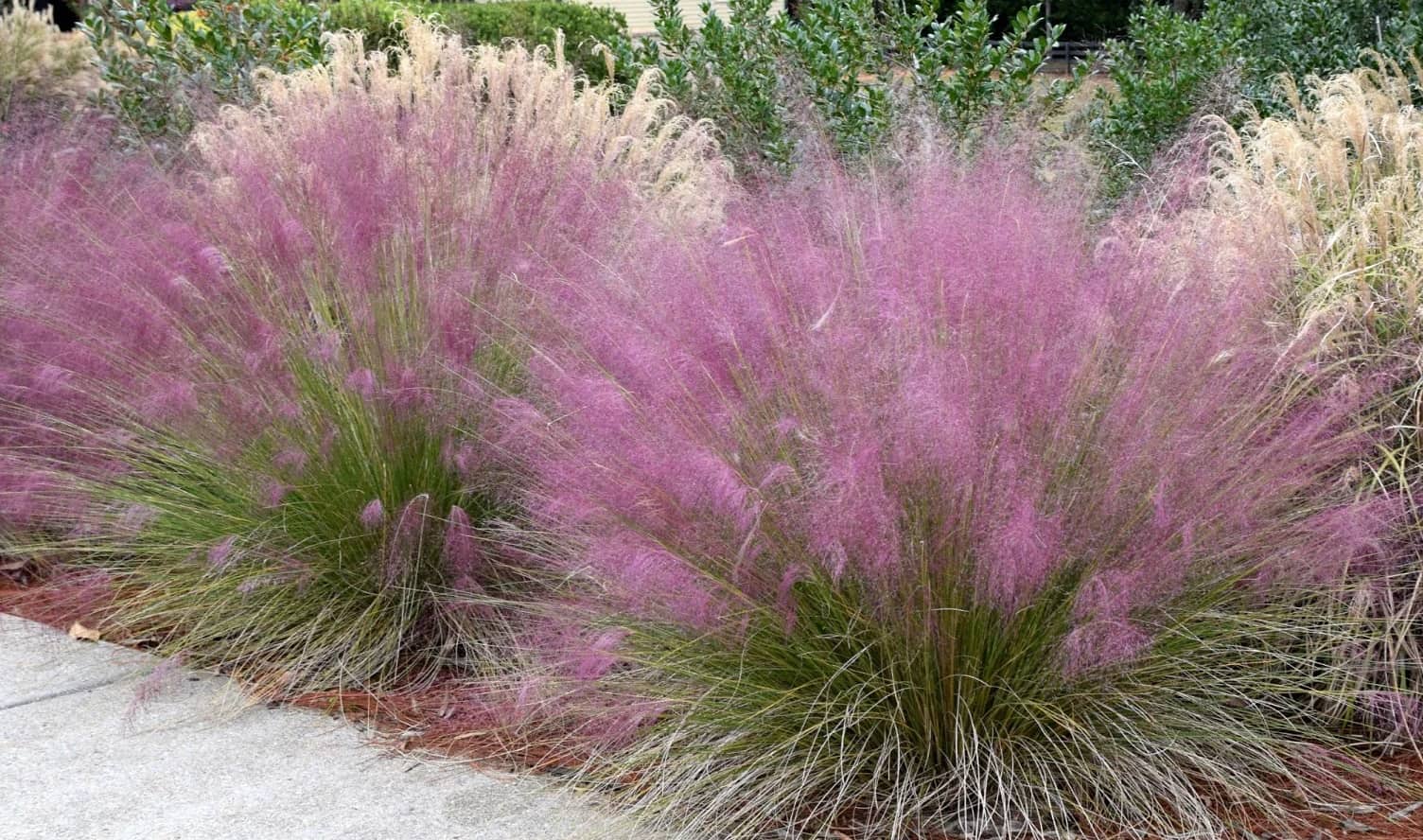
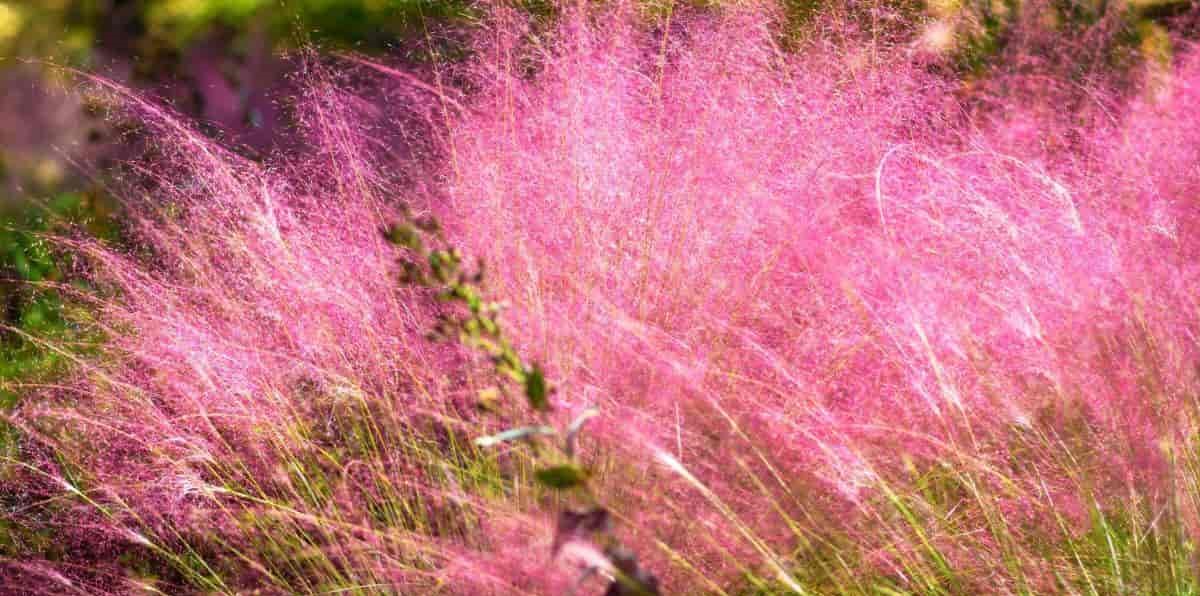
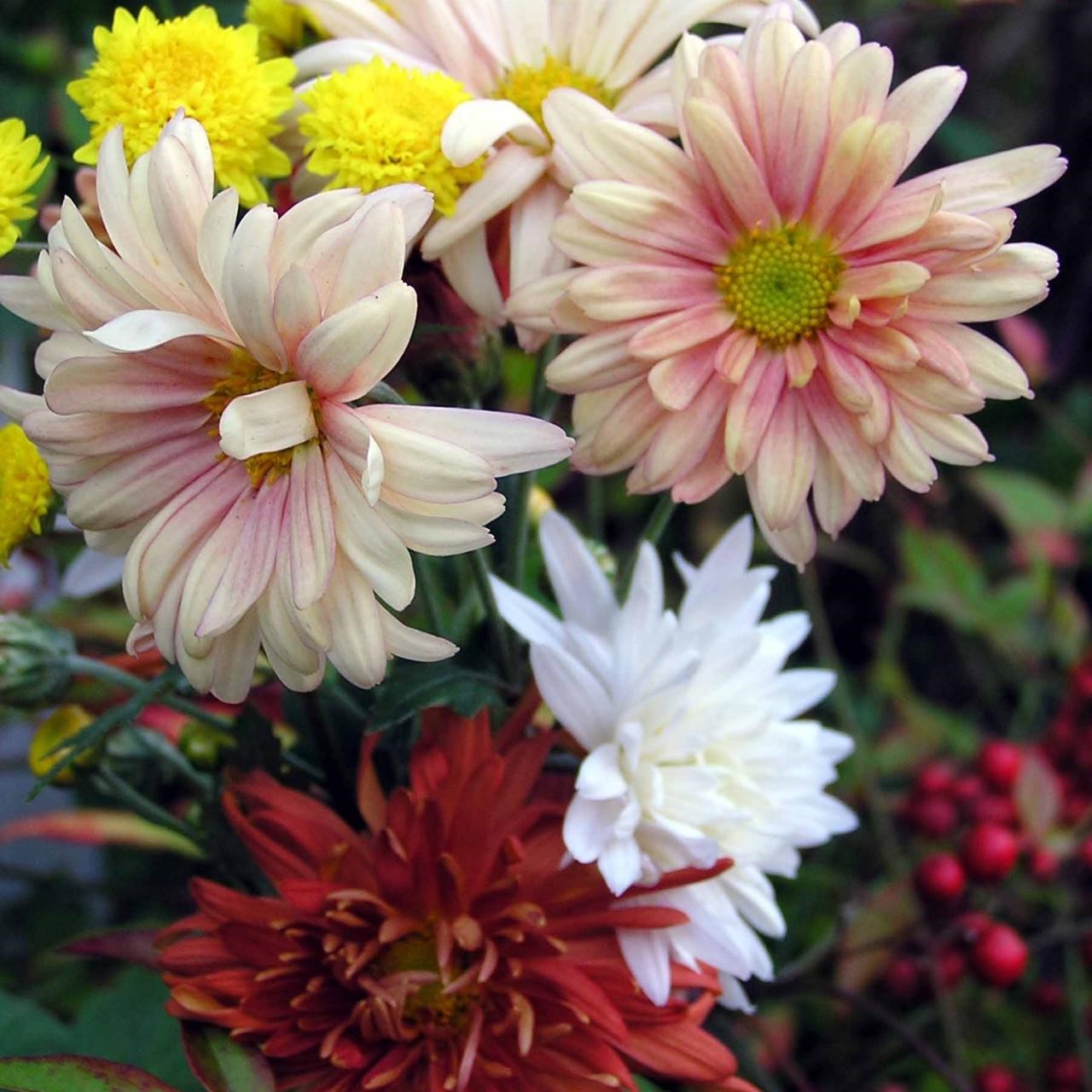

0 thoughts on “How Big Does Muhly Grass Get”